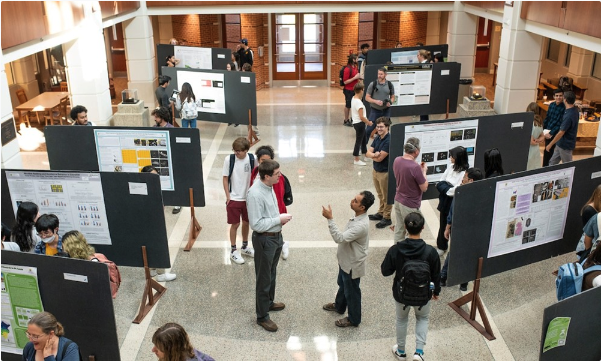Document Type
Article
Publication Date
Summer 2020
Abstract
Aim: To improve public health services, we need to keep policymakers updated with health-related issues. This study (1) examines the recent pattern of physical activities, smoking, alcohol consumption, and SRH, and (2) investigates the association between the behaviors and SRH status among US citizens.
Method: We extracted data from the latest state-based survey of the 2018 Behavioral Risk Factor Surveillance System (BRFSS), which provides a nationally representative sample of 437,436 American adults. We analyzed the data, mainly employing chi-square tests and logistic regression models.
Results: Physical inactivity and smoking are more common among participants with lower education and household income. Normal-weight individuals or those with higher education and income level are associated with drinking and optimal SRH. Younger ages smoke and report optimal SRH more often, whereas older adults tend to be more physically inactive. Women and people with chronic diseases tend to be less physically inactive, drink, and report optimal SRH than those in the same categories. Optimal SRH is less common among people who smoke and are physically inactive. Surprisingly, people who have at least one drink monthly report optimal SRH more often than those who do not.
Conclusion: We encourage policy formulators to maintain the public space, increase taxes on tobacco products, and make educational campaigns targeting the youth.
Recommended Citation
Nguyen, Linh; Rashid, Mamunur; and Islam, M. Mazharul, "Pattern of health behavior and its association with self-rated health: evidence from the 2018 behavioral risk factor surveillance system in the United States" (2020). Student Research. 5, Scholarly and Creative Work from DePauw University.
https://scholarship.depauw.edu/studentresearchother/5


